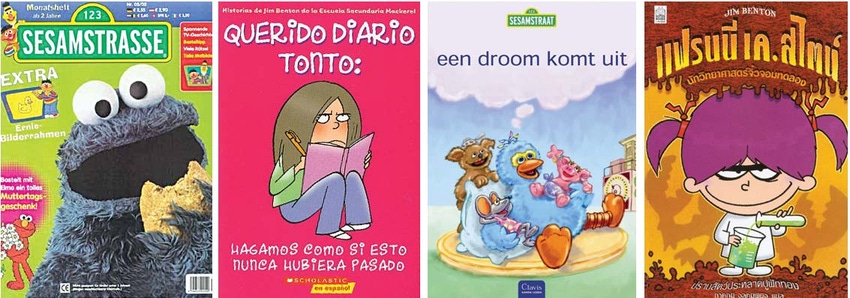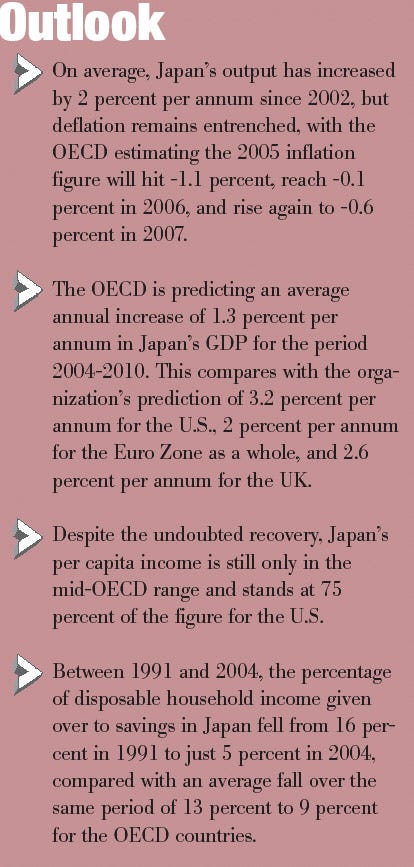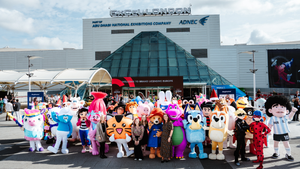Globetrotting: Japan
]> The sun continues to rise on this changing market. When the Japanese economic bubble burst in the early '90s, the outlook was bleak, but now, it seem
April 6, 2018

]>
The sun continues to rise on this changing market.
When the Japanese economic bubble burst in the early '90s, the outlook was bleak, but now, it seems, the sun is rising again on the Japanese economy. The latest OECD (Organization for Economic Cooperation and Development) assessment notes that the economy "recovered from a pause in the later half of 2004 with strong growth in the first half of 2005. This expansion is led by private domestic demand, underpinned by strong corporate profits, and a reversal of the declining trend in unemployment and wages." It concludes, "Output looks set to grow by around 2 percent during 2006-2007."

Further evidence of turnaround exists in the recent spate of M&A activity in the Japanese retail sector. December alone saw the $2 billion purchase of Millennium Retailing's Sogo and Seibu chains by Seven & I Holdings (created this past September). This followed only days after Wal-Mart bought the Seiyu group. Even so, Miyuki Kinoshita, manager, program sales and licensing, BBC Worldwide, Japan, doubts "it will have any immediate effect on the licensing business."
Kinoshita and Hiroko Yoshida of HIT Entertainment's Tokyo office note a move away from character licensing in Japanese retail. Yoshida sees "some of this business going to sports licensing," while Kinoshita cites the recent success enjoyed by Sony "in licensing its logo to fashion items and 'living items' as a lifestyle brand."
Despite this trend, Yoshida says, classic character brands, such as Thomas the Tank Engine, Hello Kitty, Teletubbies, and Disney characters, remain strong. Kinoshita estimates the total Japanese licensing market, including all product groups such as DVDs, clothing, etc.—not just toys—is approximately $27.9 billion per annum, with some of the strongest characters generating around $894 million per annum.
Kinoshita's emphasis that these figures are for all product categories—not just toys—is an important one as, again, both executives agree, the toy product category is in decline. "Traditional toys, especially for girls, are suffering badly," comments Yoshida, while Kinoshita observes that this decline has spawned two very different responses. "Some toy companies," she notes, "have targeted an older demo, launching products such as Home Star, which is installed in the bedroom and displays the night sky on the ceiling. On the flip side, Toys "R" Us has gone for the baby market, opening a new chain, Babies "R" Us, which already has 30 stores compared to 140 for Toys "R" Us and which already is more profitable."
You May Also Like






